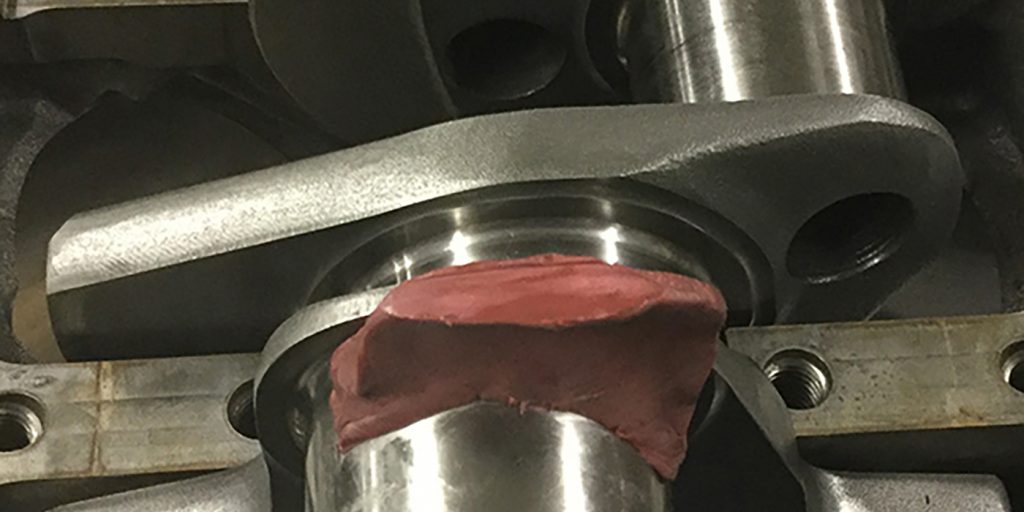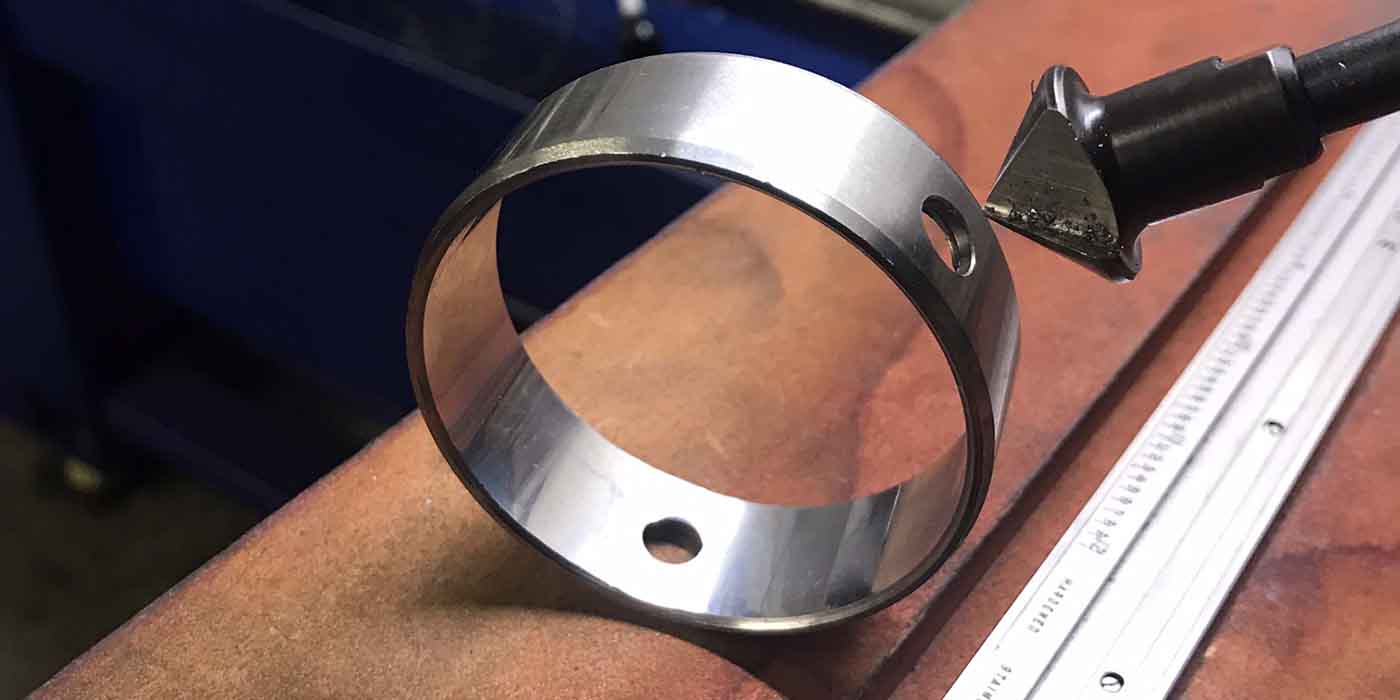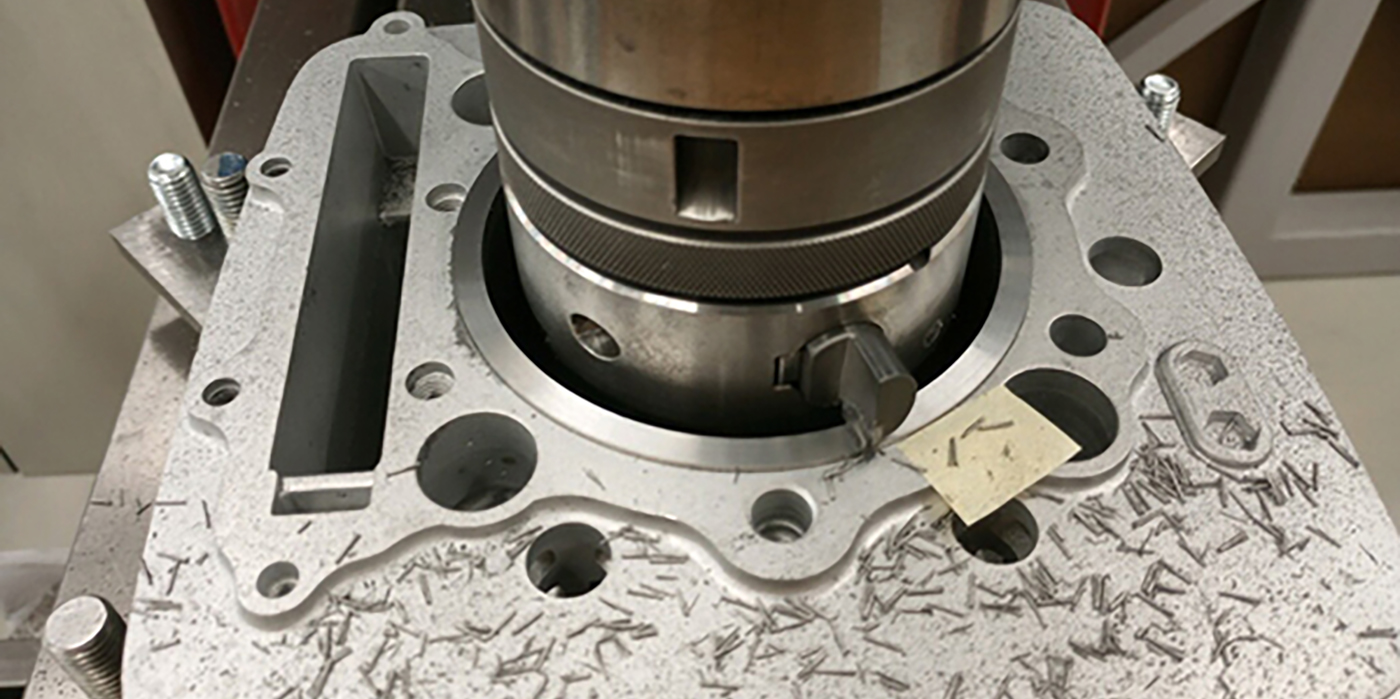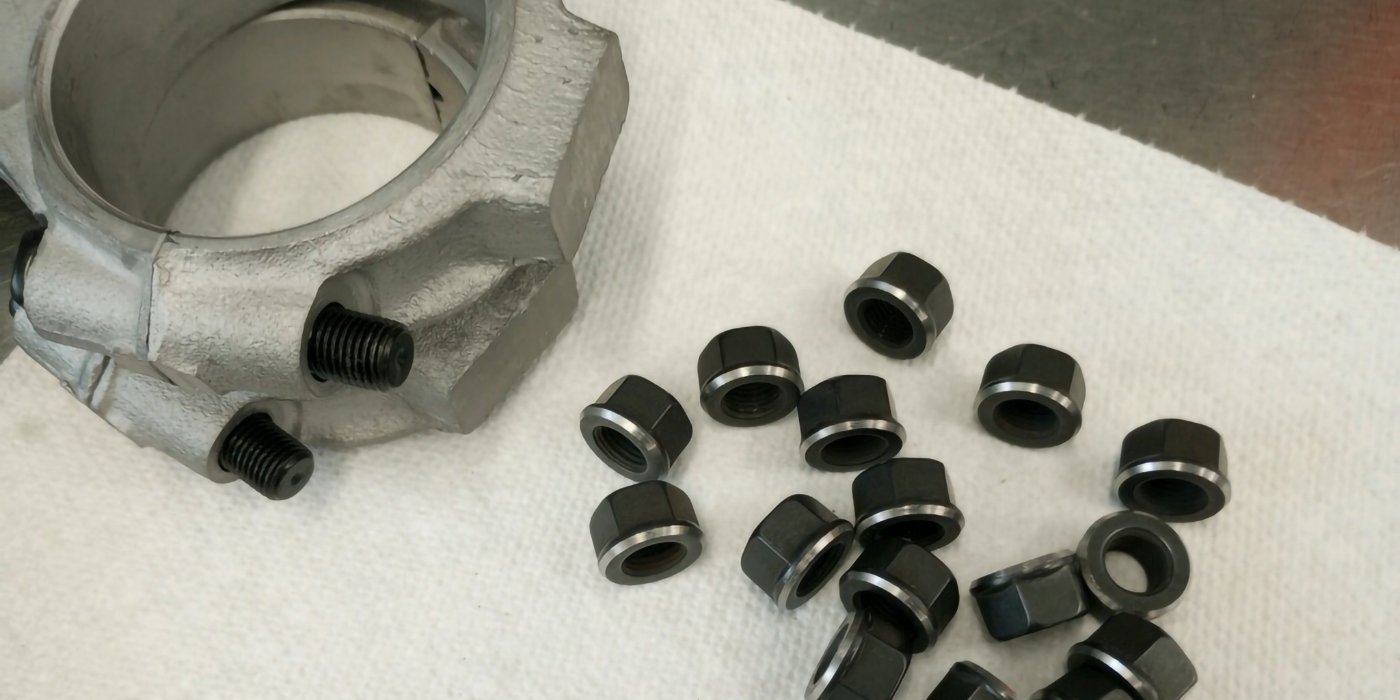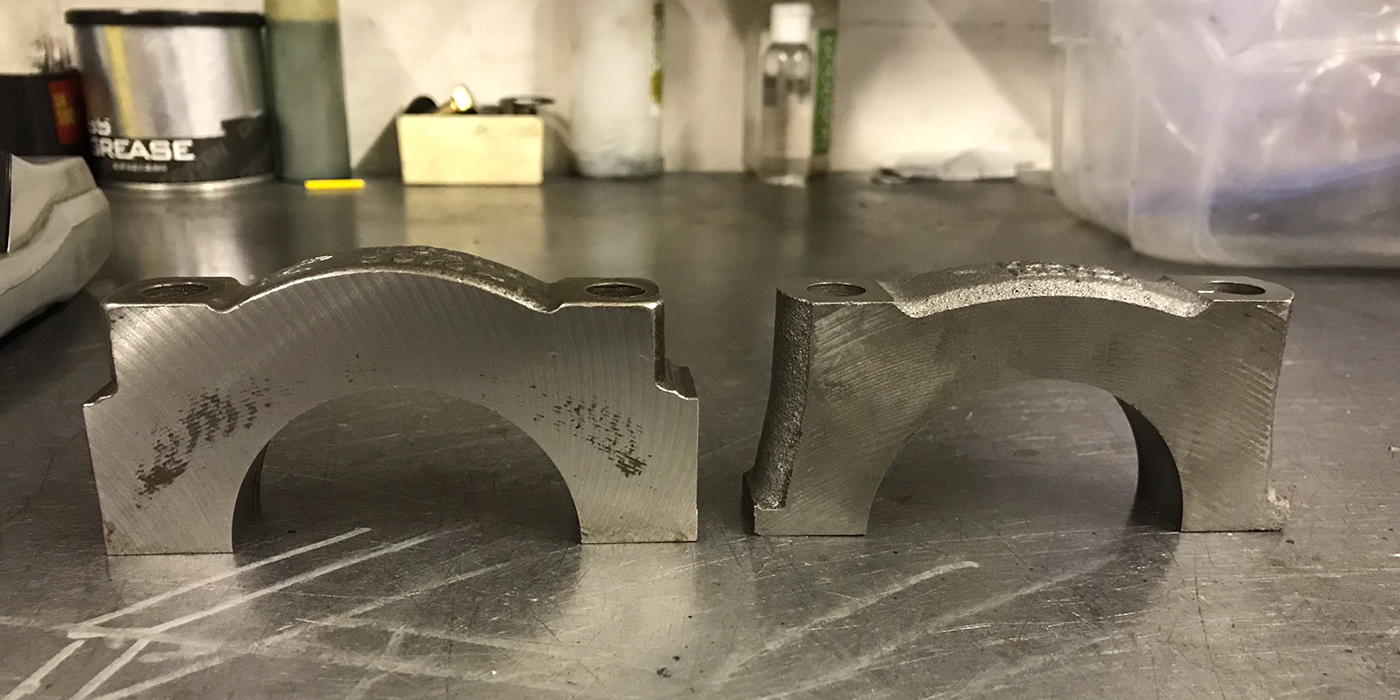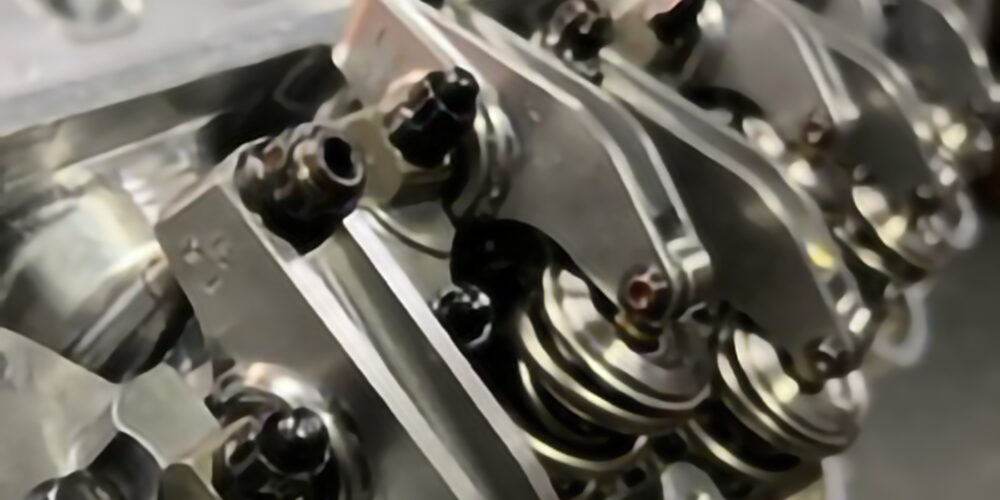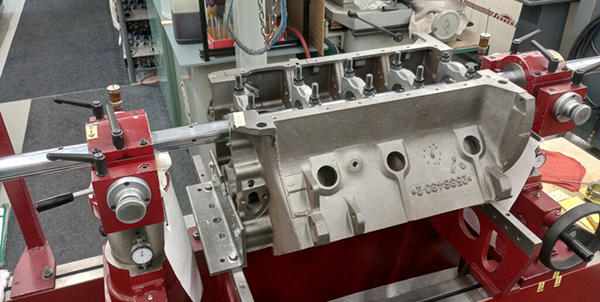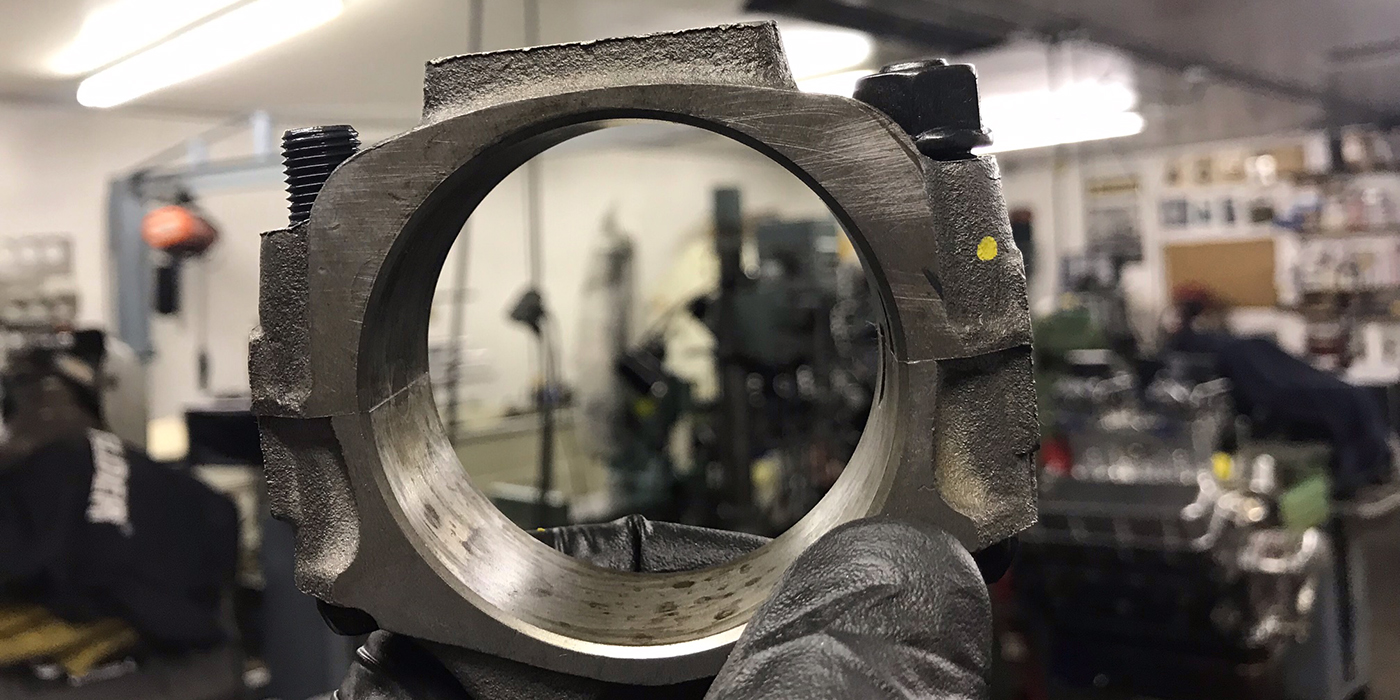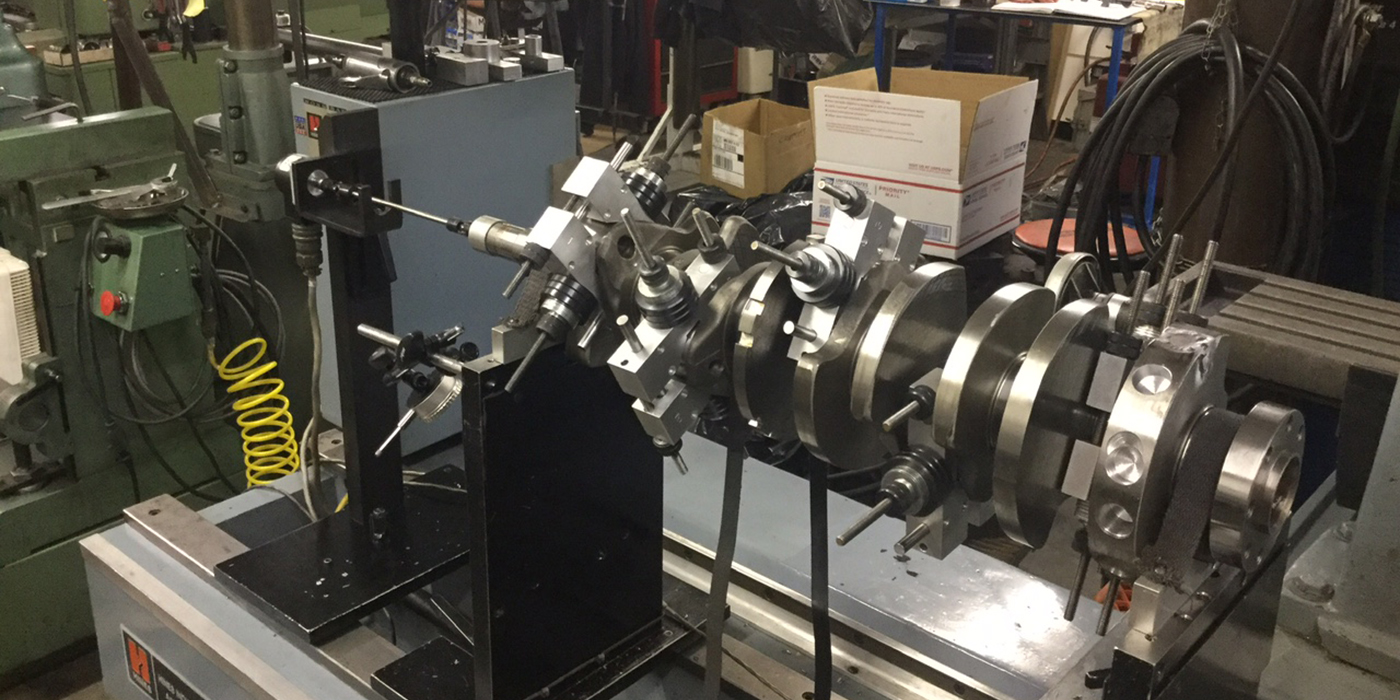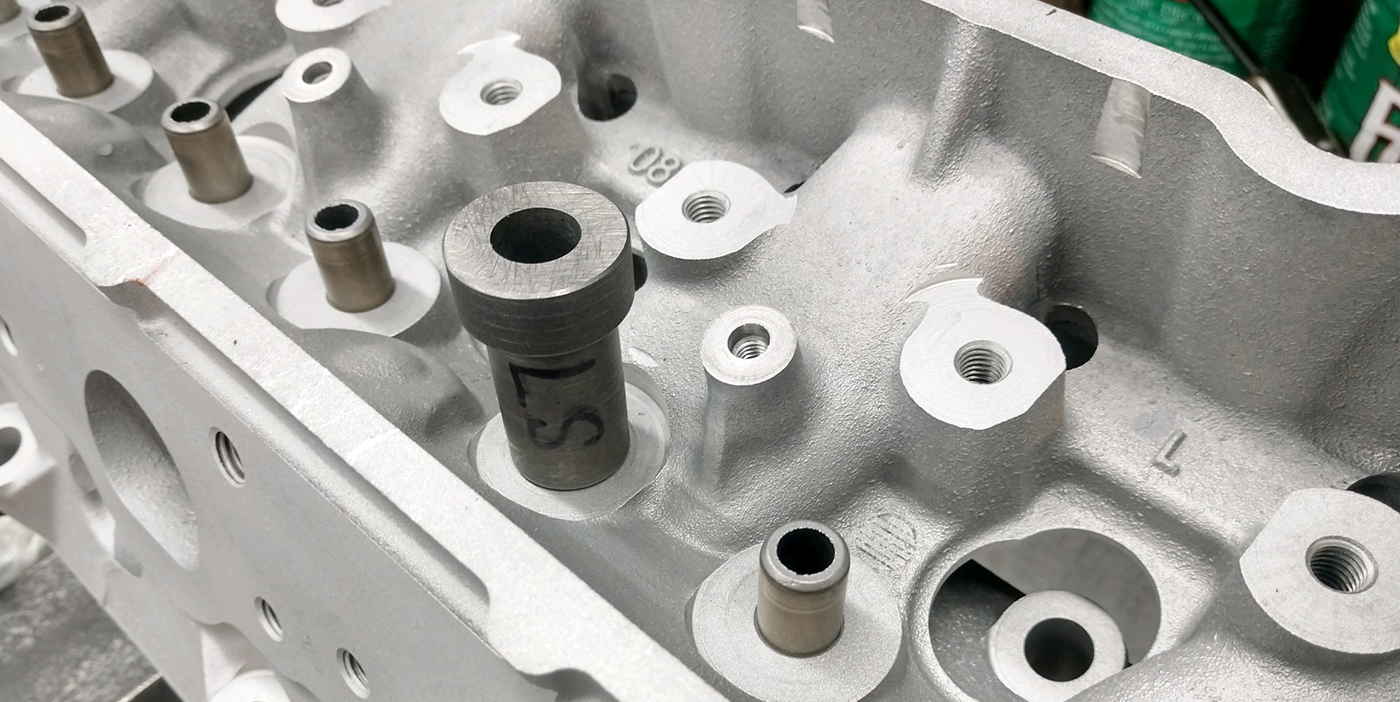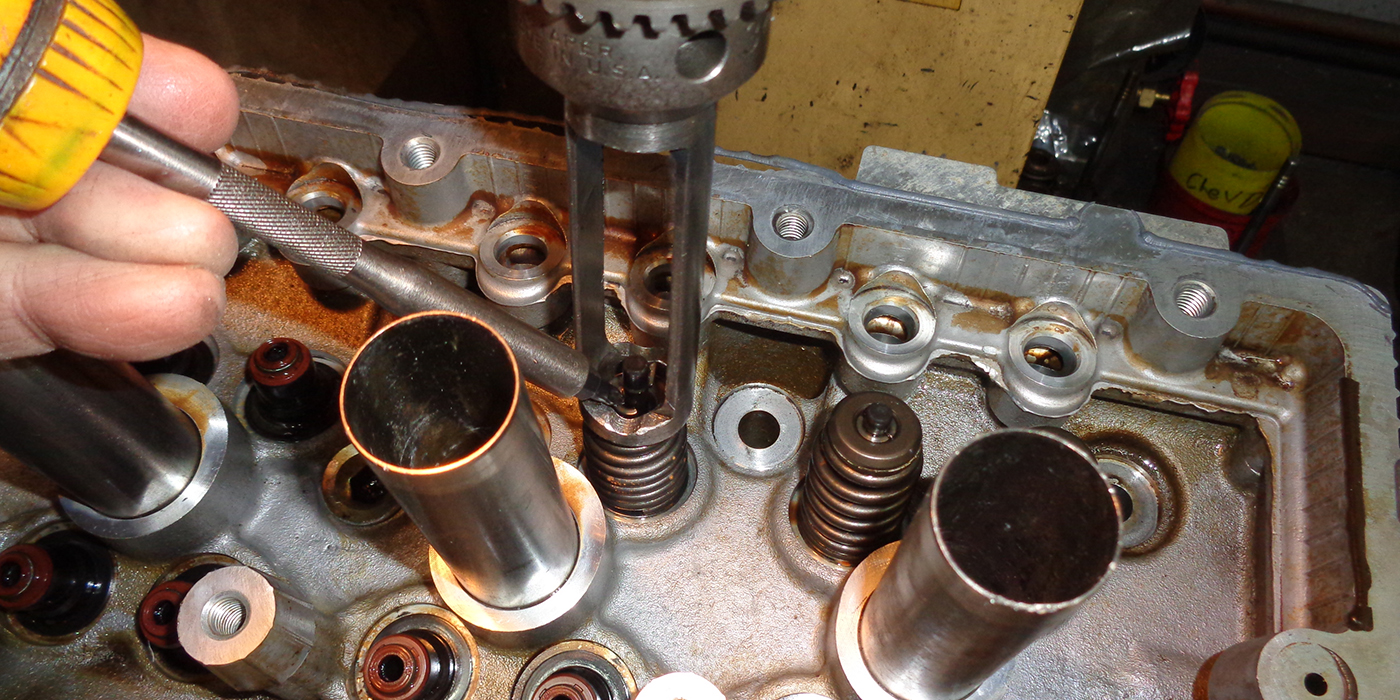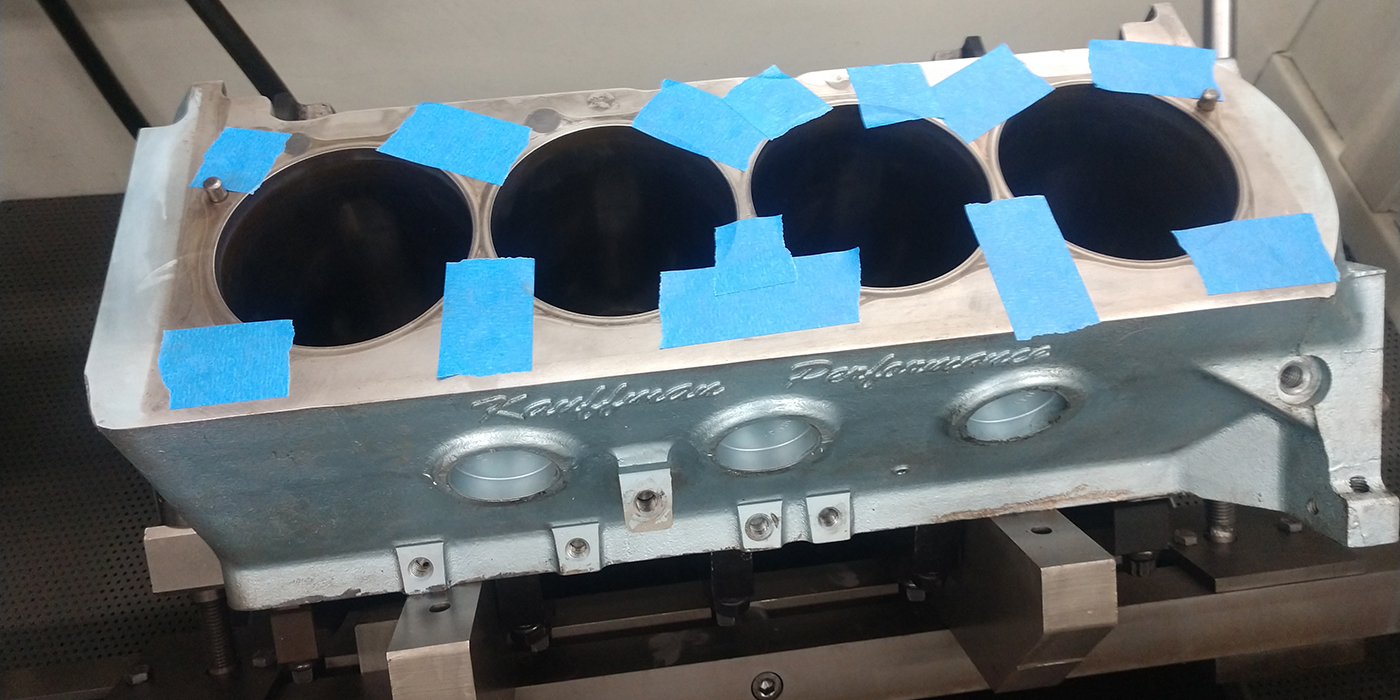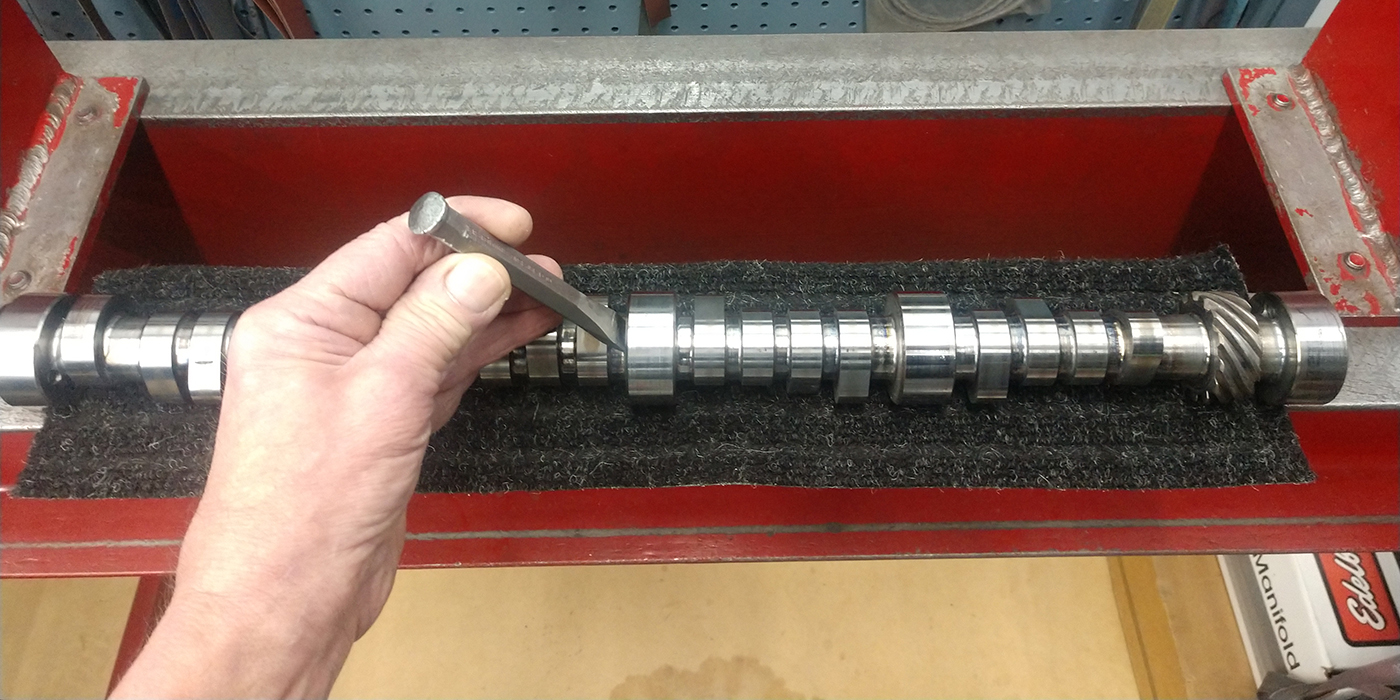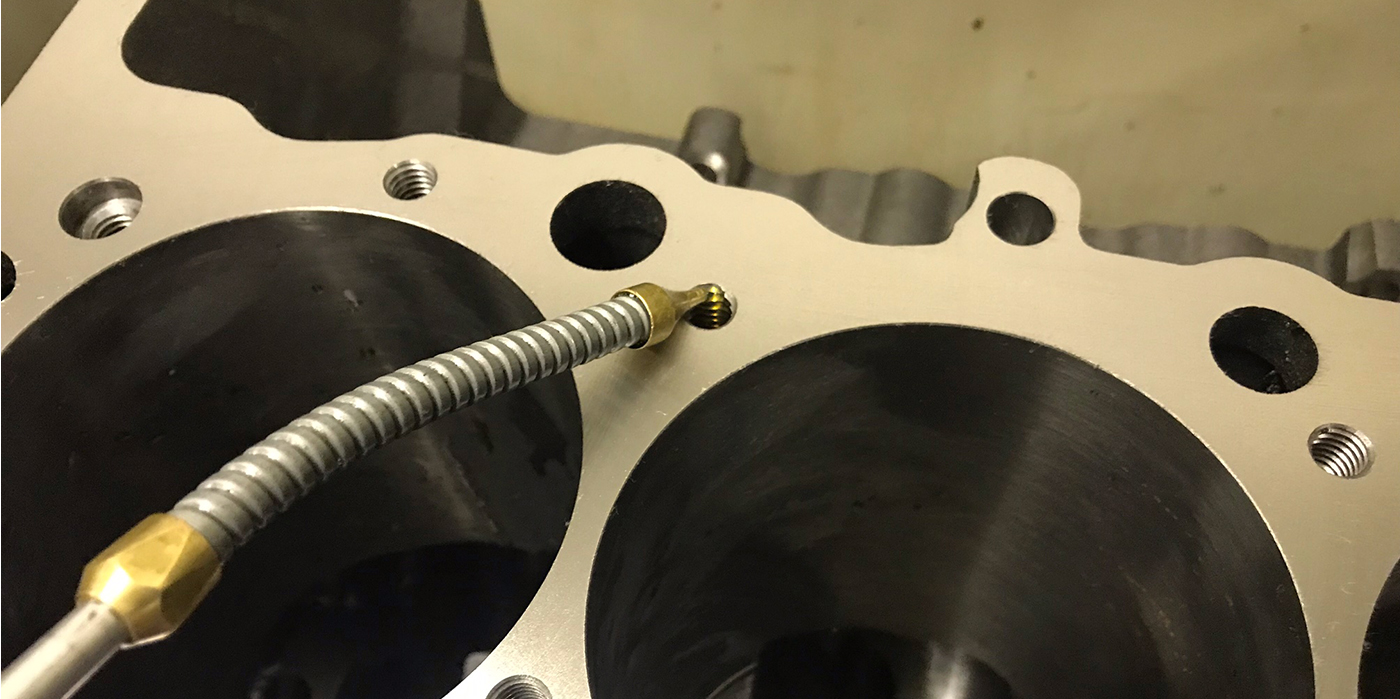SHOP OVEN EXTENSION
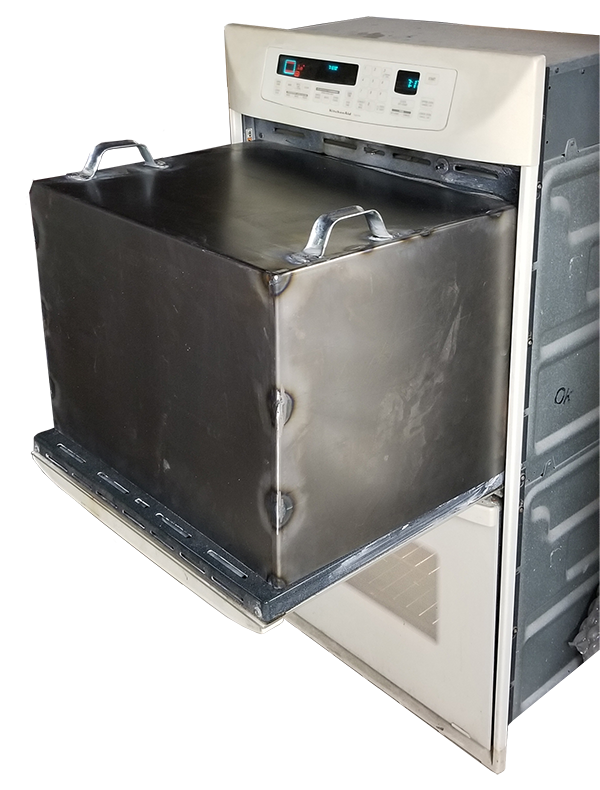
If you are using an old household oven for heating parts, you most likely have found it small for some jobs. I made a sheet metal enclosure that sits on the open oven door to expand its size. The enclosure is insulated with some sheet insulation found at a home improvement store. I added two handles for easy moving. I also found that putting a piece of sheet metal over the heating elements helps the parts heat more evenly.
Lyle Haley, The Shop Doc, Andover, MN
COTTER PIN CATCH PIN
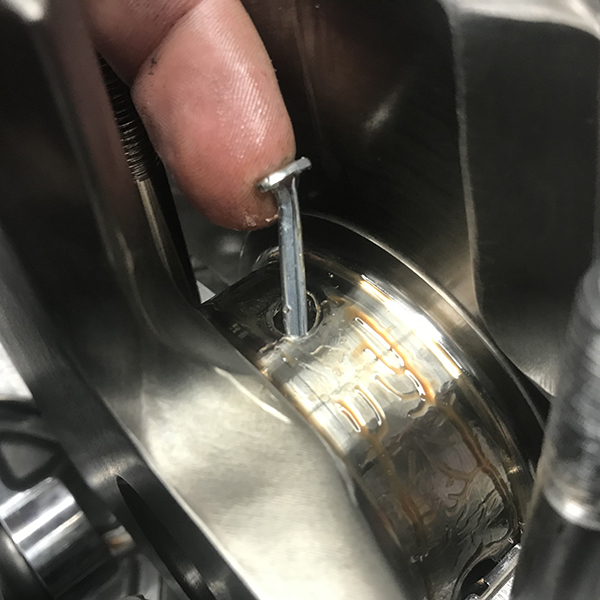
Sometimes it is necessary to remove bearings from the engine without removing the crankshaft. We have a flattened cotter pin that we slip into the oiling hole to rotate the bearings out. Simply put it into place and rotate the engine. The head of the pin will facilitate bearing removal.
Adam Cofer, Salina Engine, Salina, KS
LIFTER BORE CHAMFER TOOL
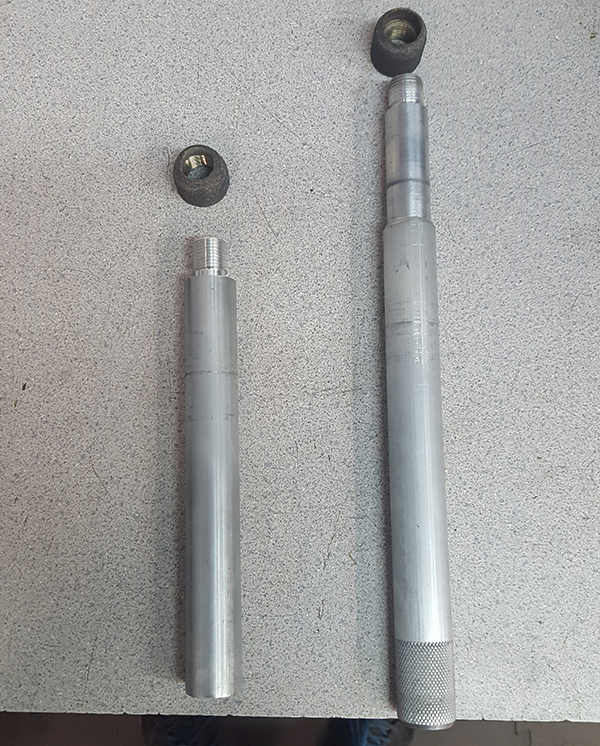
After enlarging lifter bores I was searching for an easy way to remove the sharp edge and put a small chamfer on the top and bottom of the bore. I machined up two pieces of 1˝ aluminum to accept my Sioux valve grinding stones. I made a short one to do the top. The second one I made fits through the lifter bore and the stone screws on from the underside. Use a 1˝ stone and dress a 70-degree angle on it. A few turns by hand will deburr the hole and put a .015˝ or so chamfer on it.
Keith Starner, K-Star Automotive, York, PA
SEAL PULLER MOD
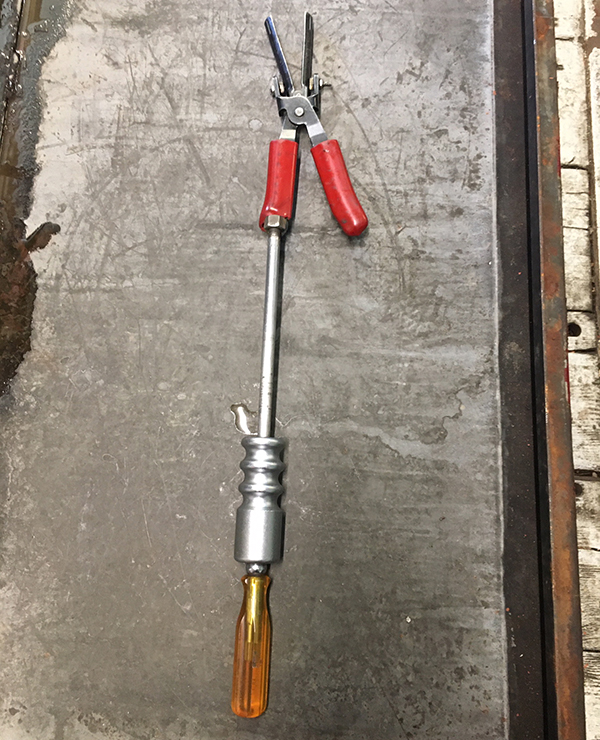
I have had these seal puller pliers for years, but honestly, they were utterly useless. After a decade and some frustration with pulling Honda seals, I finally came up with this simple modification. I welded a nut to the end of one of the handles to attach a small slide hammer. It pops seals off with ease now! Sometimes it takes getting older and not wanting to work so hard to come up with a good fix.
Jake Sampson, Sampson Racing Engines, Inver Grove Heights, MN
CC TEST
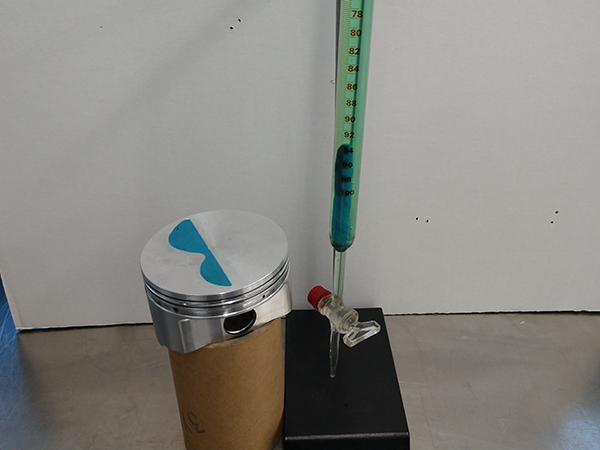
A quick and easy method to get cc volume on piston valve reliefs, valve head dishes or anything else is to fill the area with clay. Drop the clay in a buret with a measured volume of fluid and see how much the fluid level goes up. I like to use windshield washer fluid as it dries quick and cleans up easily.
Randy Torvinen, Torvinen’s Machine, Menahga, MN
STROKER CLEARANCE
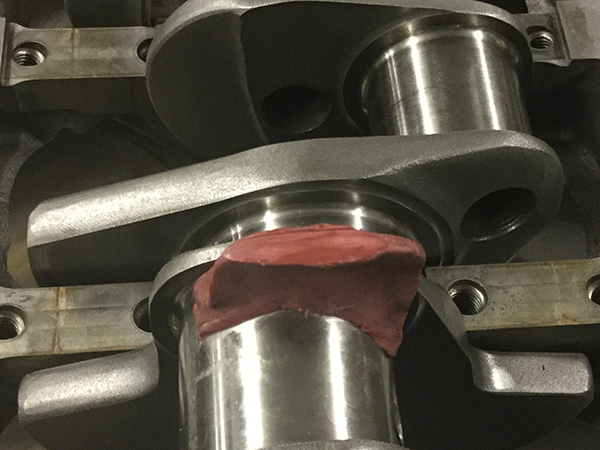
When checking rod-to-cam clearance on stroker engines, you will often find interference. To find out “where you are at,” make a clay “hatchet” on the rod journal and roll it over. Put a little oil on the cam lobe first. It will give you an exact profile to measure against the connecting rod. This will help you determine how to get your clearance. You can see if you need to cut the rod or resize the base circle on the cam. Final inspection can be done in real-time with a piece of solder between the two while rotating.
Ron Flood, Cedar Machine, North Branch, MN

